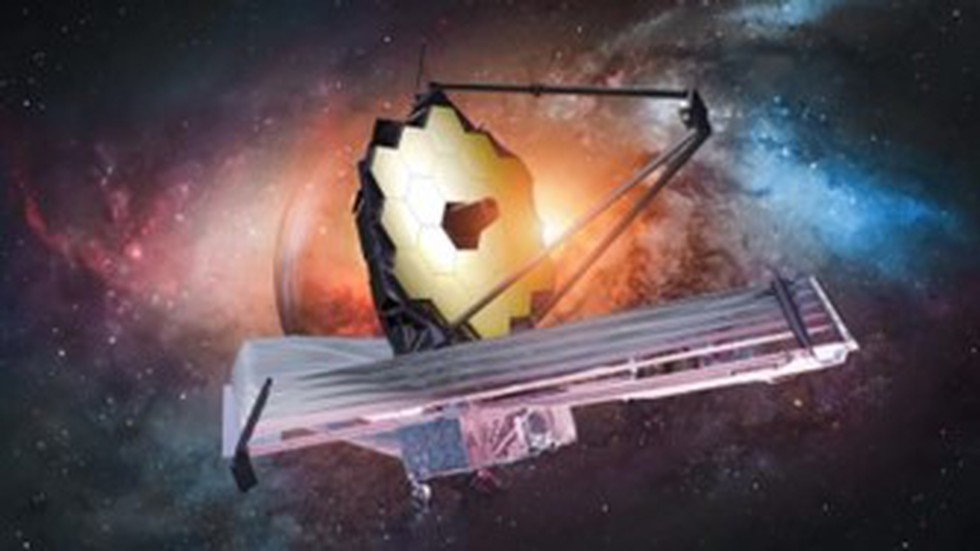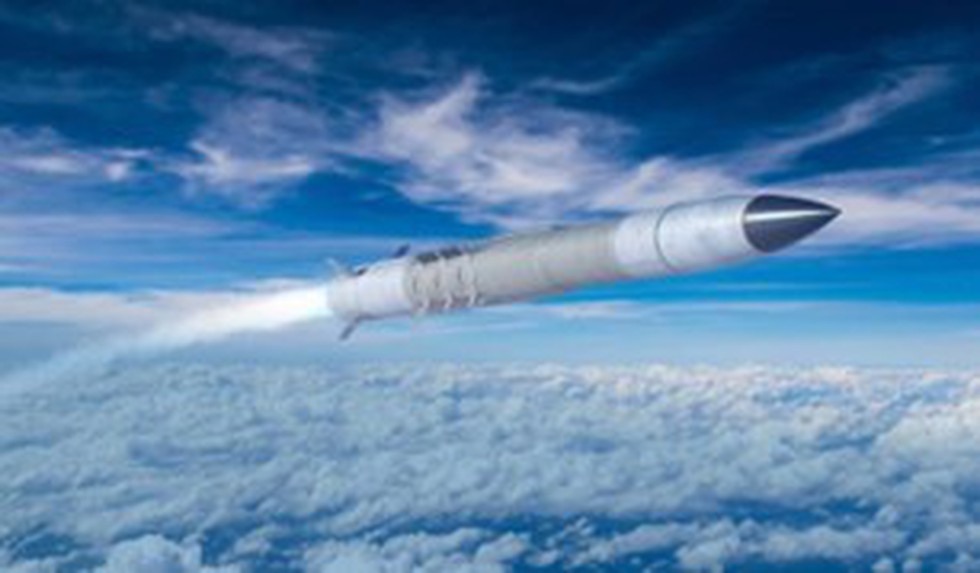About the European Bank for Reconstruction and Development (EBRD):
- It is an international financial institution with the mandate to promote transition towards a sustainable, open-market economy and to foster innovation.
- The EBRD was created in April 1991 to help Eastern European and ex-Soviet countries transition into democracies by developing free-market economies after the fall of communism.
- Headquarters: London
- It provides project financing mainly for private enterprises, usually together with other commercial lending partners, in countries that are committed to, and apply, democratic principles.
- It also works with public partners to support privatization, restructuring, and improvement of municipal services.
- It does this by financing investments, providing business services, and getting involved in high-level policy dialogue in these countries to support the private sector development.
- It prioritizes support for countries in Central and West Asia, and North Africa.
- It focuses on advancing developmental goals in finance and policy reform.
- The organization also promotes environmentally sustainable development and gender equality and promises to be fully transparent.
- Membership:
- The EBRD is owned by 72 countries, the European Union and the European Investment Bank.
- Each shareholder is represented individually on the Board of Governors of the EBRD, which has overall authority over the Bank and is responsible for approving its overall strategic direction.
- India became the EBRD's 69th shareholder when it joined the Bank in July 2018.
2. James Webb Space Telescope (JWST)

About the James Webb Space Telescope (JWST):
- JWST was built in collaboration between NASA, the European Space Agency (ESA), and the Canadian Space Agency.
- It was launched in December 2021.
- It is the largest and most powerful space telescope to date.
- It orbits around a point in space called the L2 Lagrange point (a gravitationally stable location in space). It is approximately 1.5 million km beyond Earth’s orbit and is one of the five points in the orbital plane of the Earth-Sun system.
- It will focus on four main areas: the first light in the universe, the assembly of galaxies in the early universe, the birth of stars and protoplanetary systems, and planets (including the origins of life).
- Instruments:
- Its instruments are designed to work primarily in the infrared range of the electromagnetic spectrum, with some capability in the visible range.
- It comprises the Optical Telescope Element (OTE), the Integrated Science Instrument Module (ISIM), the sunshield, and the spacecraft bus.
- The OTE is the eye of the Observatory. It consists of the mirrors and the backplane. The OTE gathers the light coming from space and provides it to the science instruments located in the ISIM. The backplane is like the "spine" of Webb. It supports the mirrors.
- The ISIM contains Webb's cameras and instruments. It integrates four major instruments and numerous subsystems into one payload.
- The sunshield separates the observatory into a warm sun-facing side (spacecraft bus) and a cold anti-sun side (OTE and ISIM). The sunshield keeps the heat of the Sun, Earth, and spacecraft bus electronics away from the OTE and ISIM so that these pieces of the Observatory can be kept very cold.
- The spacecraft bus provides support functions for the operation of the Observatory.
3. Chameleon Trojan

About the Chameleon Trojan:
- It is a malware that has the ability to disable biometric authentication methods, including fingerprint and face unlock, to sneakily access sensitive information.
- Working:
- The malware strategically attaches itself to legitimate Android applications, such as the widely used Google Chrome, effectively avoiding immediate detection.
- Operating discreetly in the background, Chameleon Trojan can disable biometric security measures, specifically targeting PINs.
- The malware bundles are reportedly undetectable during runtime, enabling it to outsmart Google Protect alerts and circumvent security software on the compromised device.
- This stealthy approach allows the Trojan to operate without any worries, evading immediate countermeasures.
- Its modus operandi varies depending on the Android version.
- Once active, Chameleon Trojan steals on-screen content, elevates its own permissions, and can even use gestures to capture PINs and passwords entered by users to unlock their devices.
- The stolen PIN is then employed to unlock the device in the background, enabling the malware to access sensitive information such as credit card passwords and login credentials.
- The malware also collects information on users’ app usage habits, launching attacks when the device is least likely to be in use.
- To safeguard against the Chameleon Trojan, it is crucial to avoid installing Android apps from unofficial sources. Additionally, users should refrain from enabling the 'Accessibility service' for unknown apps.
4. Kolyma River

About Kolyma River:
- Location: It is a river in northeastern Siberia, far eastern Russia, rising in the Kolyma Mountains.
- It is 2,129 km long and drains an area of 647,000 square km.
- Course:
- In its upper course, it flows through narrow gorges with many rapids.
- The Kolyma River cuts through the majestic Verkhoyansk Range, one of the longest mountain ranges in Siberia.
- Gradually, its valley widens, enters the wide, flat, and swampy Kolyma Lowland, and flows northeastward to discharge into the East Siberian Sea (a marginal sea in the Arctic Ocean).
- It is the largest river system underlain by continuous permafrost. For about eight months of the year (late September until early June), the river is frozen to depths of several meters.
- It is primarily fed by spring snowmelt and summer rainfall.
- The entire basin is covered by tundra or thin, stunted forest and has a sparse human population.
- The river has a mean annual discharge of about 136 cubic kilometers of water per year, making it one of the six largest rivers to drain into the Arctic Ocean.
5. Patriot PAC-3

About Patriot PAC-3 Missile:
- The Phased Array Tracking to Intercept of Target (PATRIOT) Advanced Capability-Three (PAC-3) program is a surface-to-air-defense guided missile system with all-weather capabilities.
- It has been built by Raytheon Technologies Corp and is considered one of the most advanced air defense systems in the U.S. arsenal.
- It entered service with the US Army in 2001 and the US Air Force in 2003.
- It has been exported to Germany, Japan, Kuwait, the Netherlands, Poland, Qatar, Romania, South Korea, Sweden, Taiwan, and the United Arab Emirates.
- It is designed to counter tactical ballistic missiles, cruise missiles, and advanced aircraft.
6. Pir Panjal Valley
About the Pir Panjal Valley:
- It is a mountain range in the northern Indian Himalayas.
- It starts in Ramban and extends westward in the south of Jammu and Kashmir to the last extremity of Muzaffarabad District.
- It is rising sharply to an average elevation of more than 13,000 feet (4,000 meters).
- It separates the Jammu Hills to the south from the Vale of Kashmir, beyond which lie the Great Himalayas.
- It separates itself from the Himalayas near the bank of the Sutlej river and forms a divide between the rivers Beas and Ravi on one side and the Chenab on the other.
- Major passes: Six historical passes, Hajipir Pass, Gulabgarh Pass, Ratanpir Pass, Pir Panjal Pass, Banihal Pass, and Bairam Gala Pass are in this mountain range.
- Important peaks: Deo Tibba (6,001 m) and Indrasan (6,221m) are two important peaks at the eastern end of the mountain range.
7. Grey Francolin
About the Grey Francolin:
- It is a ground-dwelling bird known for its distinctive calls and cryptic plumage.
- They are carnivores (insectivores) and herbivores (granivores).
- Habitat: Grey francolins inhabit open plains, bare or low grass-covered ground in scrub and open country. They are also found in open cultivated lands and scrub forest and are rarely found above an altitude of 500 m above sea level in India.
- Distribution: Grey francolins are found in the Indian subcontinent and Iran. Their distribution is south of the foothills of the Himalayas westwards to the Indus Valley and eastwards to Bengal. They are also found in north-western Sri Lanka.
- Conservation Status
- IUCN Red List: Least Concern
Key facts about Sanjay Gandhi National Park:
- It is located in the state of Maharashtra which was formerly known as Borivali National Park.
- The 2400-year-old Kanheri caves are sculpted out of the rocky cliff which lies within the park.
- Flora: Kadamba, Teak, Karanj, Shisham, and species of acacia, Ziziphus, euphorbias etc. are found in this National Park.
- Fauna: Leopard, sambar, chital, barking deer, rusty spotted cat, hyena, common palm civet, small Indian civet, Indian crested porcupine, Indian hare, Indian flying fox, common langur and bonnet macaque.
8. Financial Intelligence Unit India
About the Financial Intelligence Unit India:
- It was set up by the Government of India in 2004.
- It is the central national agency responsible for receiving, processing, analyzing and disseminating information relating to suspect financial transactions.
- It is an independent body reporting directly to the Economic Intelligence Council (EIC) headed by the Finance Minister.
- Functions of FIU-IND
- Collection of Information: Act as the central reception point for receiving Cash Transaction reports (CTRs), Non-Profit Organisation Transaction Report (NTRs), Cross Border Wire Transfer Reports (CBWTRs), Reports on Purchase or Sale of Immovable Property (IPRs) and Suspicious Transaction Reports (STRs) from various reporting entities.
- Analysis of Information: Analyze received information in order to uncover patterns of transactions suggesting suspicion of money laundering and related crimes.
- Sharing of Information: Share information with national intelligence/law enforcement agencies, national regulatory authorities and foreign Financial Intelligence Units.
- Act as Central Repository: Establish and maintain national data base on the basis of reports received from reporting entities.
- Coordination: Coordinate and strengthen collection and sharing of financial intelligence through an effective national, regional and global network to combat money laundering and related crimes.
- Research and Analysis: Monitor and identify strategic key areas on money laundering trends, typologies and developments.
What are Virtual Digital Assets?
- According to the Income Tax Act, 'virtual digital asset' refers to any information, code, number, or token (not being Indian currency or foreign currency) generated through cryptographic means and blockchain technologies.
- It can be transferred, stored, or traded electronically and its definition specifically includes a non-fungible token (NFT) or any other token of similar nature, by whatever name is called.
9. Sohagibarwa Wildlife Sanctuary
About Sohagibarwa Wildlife Sanctuary:
- It is located in the Maharajganj district of Uttar Pradesh.
- It was declared as Wildlife Sanctuary in June 1987.
- Borders: On the northern side, it shares the international boundary with Nepal, and on the eastern border is Bihar’s Valmiki Tiger Reserve.
- Vegetation: The vegetation of this area is of North Indian Moist Deciduous type.
- Rivers: It is drained by the great Gandak, the little Gandak, Pyas and Rohin rivers.
- Flora:
- Nearly 75% of the area consists of Sal forest, and other humid areas are covered with Jaamun, Gutal, Semal, Khair trees, etc.
- Lower region of the sanctuary, which is water logged during rains, consists of Grasslands and patches of Cane forests.
- Fauna:
- It is inhabited by a variety of animals which mainly includes Leopard, Tiger, Jungle Cat, Small Indian Civet, Langur, etc.
- The Avifauna is varied with Little Cormorant, Snake Bird, Brahimini Duck, Common Teal, Little Egret, Cattle Egret, Paddy Bird etc.
10. eSoil
About the eSoil:
- In hydroponic environments, eSoil is a low-power bioelectronic growth substrate that can electrically stimulate the root system and growth environment of plants.
- This novel substrate is environmentally friendly, being derived from cellulose and a conductive polymer called PEDOT. It offers a low energy, safe alternative to previous methods that required high voltage and non-biodegradable materials.
- It uses low energy and minimizes resource consumption. Its active material is an organic mixed-ionic electronic conductor.
How does eSoil work?
- When the roots of barley seedlings were electrically stimulated for 15 days, they showed a 50% increase in growth using eSoil.
- This research promotes more effective and sustainable development while increasing the variety of crops that can be grown hydroponically.
- In hydroponics, plants are grown without soil, requiring only water, nutrients and a substrate - something for their roots to attach to.
- This closed system allows water to be recirculated, ensuring that each seedling receives exactly the nutrients it needs.
- As a result, very little water is used and all the nutrients remain in the system - something that is not possible with conventional farming.
- Benefit: It can help in areas with little arable land and harsh environmental conditions.


























































































































































.png)
.png)
.png)
.png)
.png)


.png)
.png)
.png)





.png)
.png)






.png)
.png)
.png)
.png)
.png)
.png)
.png)
.png)
.png)

.png)







.png)
.png)


.png)
.png)
.png)


.png)

.png)
.png)





.jpg)

.png)
.png)


.png)

.png)
.png)
.png)

.jpg)

.jpg)


.png)

.png)
.png)
.png)
.png)
.png)
.png)
.png)
.png)
.png)
.png)




.png)

.png)





.png)
.png)
.png)
.png)
.png)
.png)
.png)
.png)
.png)
.png)
.jpg)
.jpg)

.png)
.png)
.png)
.png)
.png)
.png)
.png)
.png)
.png)
.png)
.png)
.png)
.png)
.png)
.png)
.png)
.png)
.png)
.png)
.png)
.png)
.png)



.png)
.png)

.jpg)
.jpg)


.jpg)
.jpg)
.jpg)
.jpg)
.jpg)

.jpg)








.jpg)
.jpg)
.jpg)
.jpg)
.jpg)

















.jpg)
.jpg)







.jpg)


















.jpg)
.jpg)






























































































.jpg)
.jpg)


























.jpg)

.jpg)










.jpg)








.jpg)




.jpg)










.jpg)


















.jpg)












































.jpg)














.jpg)
.jpg)
.jpg)





.jpg)

.jpg)
.jpg)





































































.jpg)


































.jpg)
.jpg)
















































.jpg)












.jpg)


.jpg)




.jpg)
.jpg)
.jpg)

.jpg)
.jpg)
.jpg)
.jpg)

.jpg)
.jpg)
.jpg)

.jpg)
.jpg)
.jpg)
.jpg)
.jpg)
.jpg)
.jpg)
.jpg)

.jpg)


.jpg)
.jpg)
.jpg)
.jpg)
.jpg)
.jpg)
.jpg)
.jpg)
.jpg)
.jpg)











.jpg)
.jpg)





.jpg)
.jpg)
.jpg)
























.jpg)
























.jpg)









.jpg)
.jpg)







.jpg)
.jpg)









































.jpg)
.jpg)
.jpg)
.jpg)
.jpg)

.jpg)
.jpg)
.jpg)
.jpg)
.jpg)


.jpg)
.jpg)
.jpg)
.jpg)
.jpg)

.jpg)
.jpg)
.jpg)
.jpg)
.jpg)
.jpg)
.jpg)
.jpg)
.jpg)
.jpg)
.png)

.png)
.png)

.png)
.png)
.png)
.png)


.jpg)
.jpg)

.jpg)
.jpg)
.jpg)

.png)
.png)
.png)
.png)
.png)
.png)
.png)

.png)
.png)
.png)
.png)
.png)
.png)
.png)
.png)
.png)
.png)





































































-min.png)



.png)




.png)








































